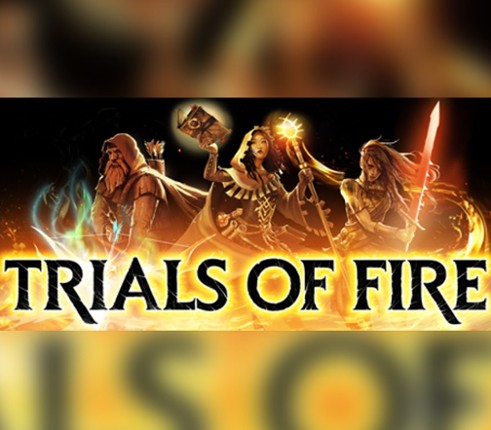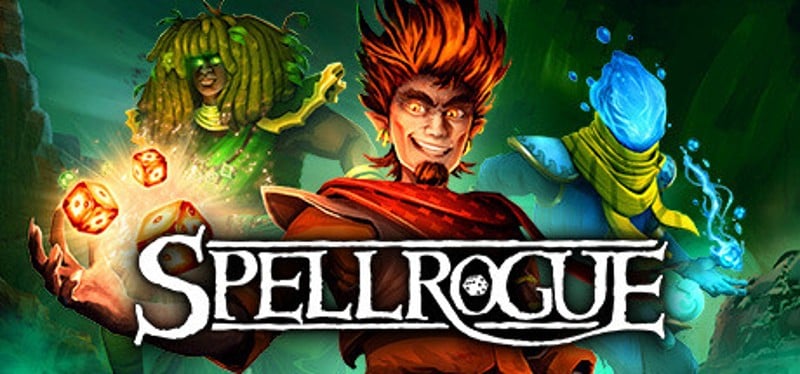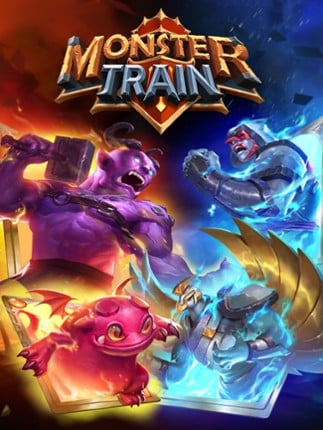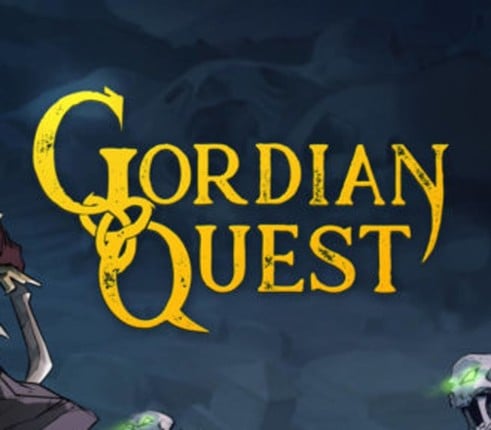- October 4, 2022
- Spider Nest Games
- 52h median play time
Vault of the Void
It’s not for the faint of heart, but if you’re a veteran of deck building you’ll find a lot to love in Vault of the Void.
Platforms
About
"Vault of the Void" is a turn-based strategy game where players build and manage their own spider nest, collecting resources, expanding territory, and defending against enemies. Battle rivaling spider factions in the void, utilizing unique abilities and strategies to secure dominance. Experience a dark and atmospheric world filled with challenging gameplay and strategic depth.
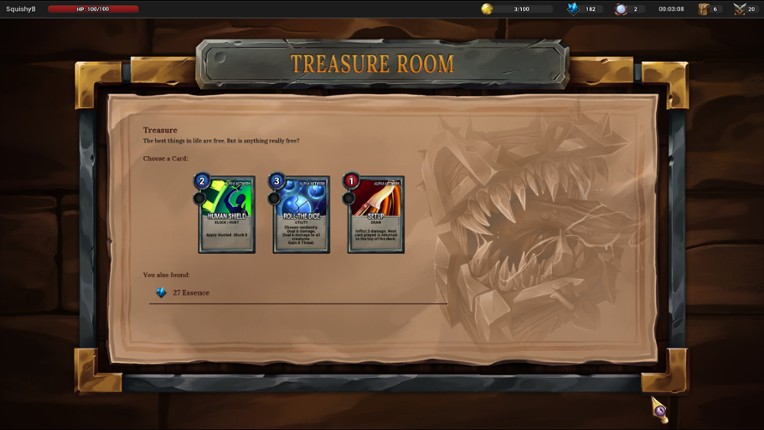
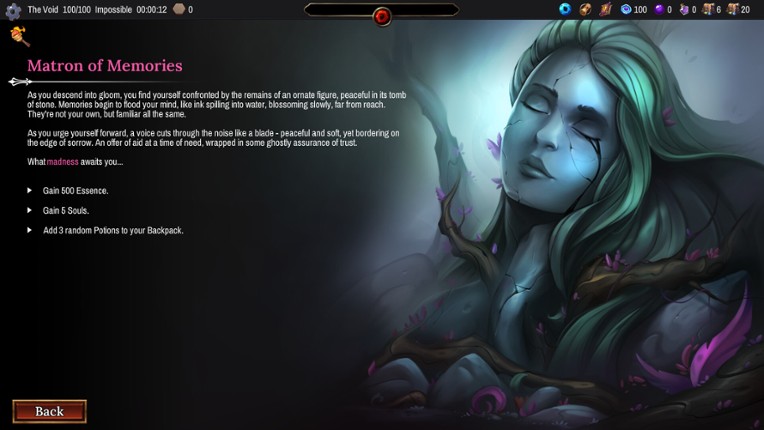
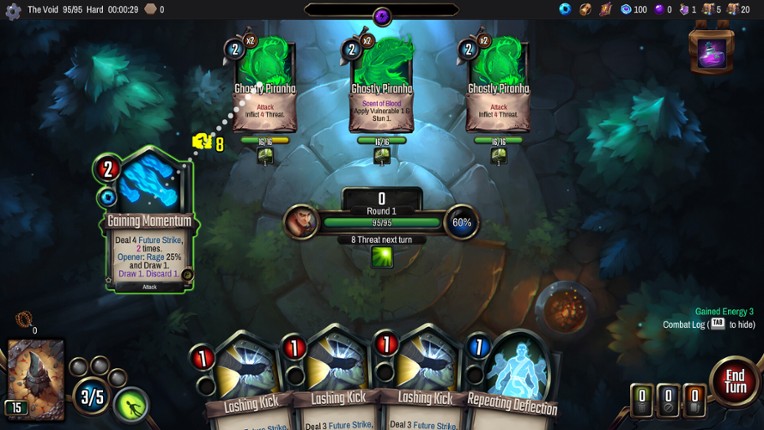
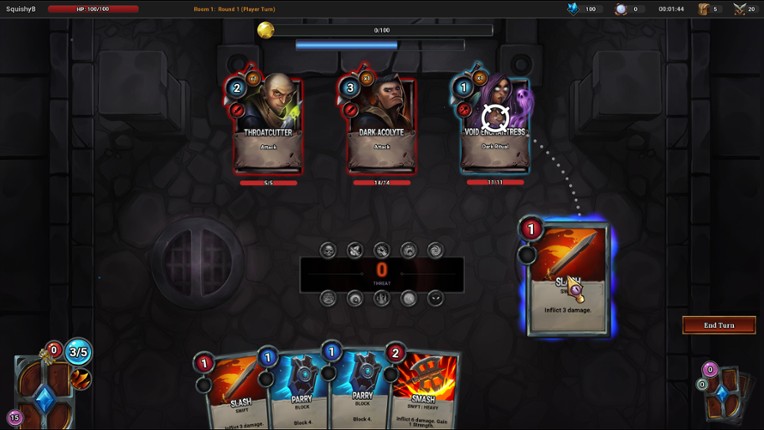
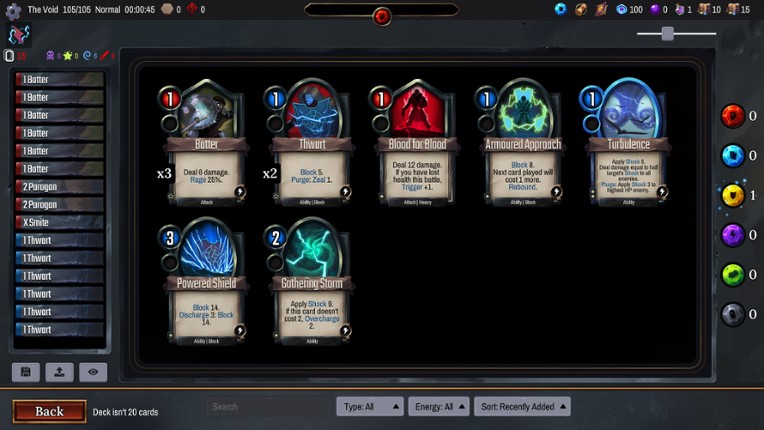
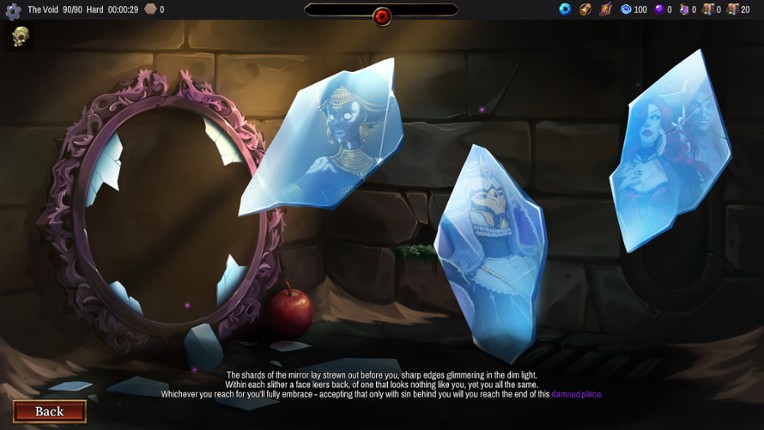
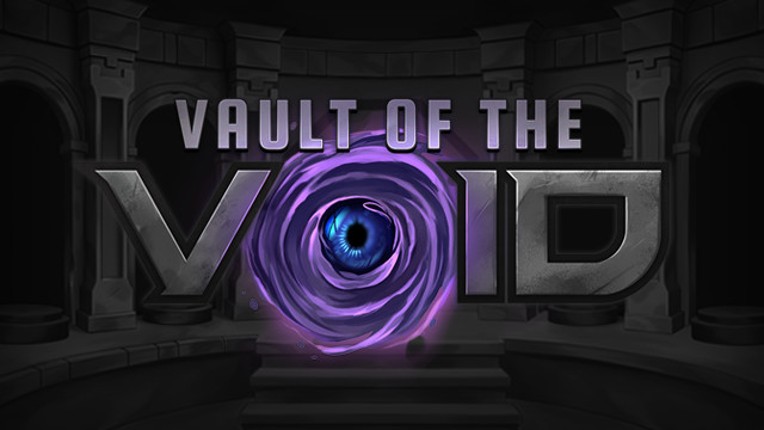
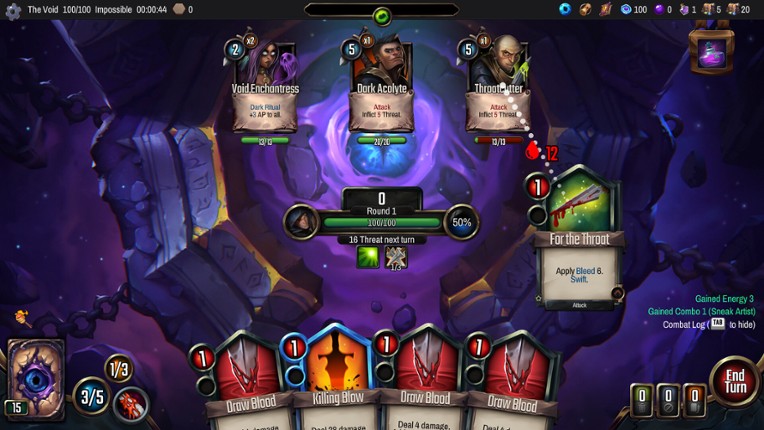
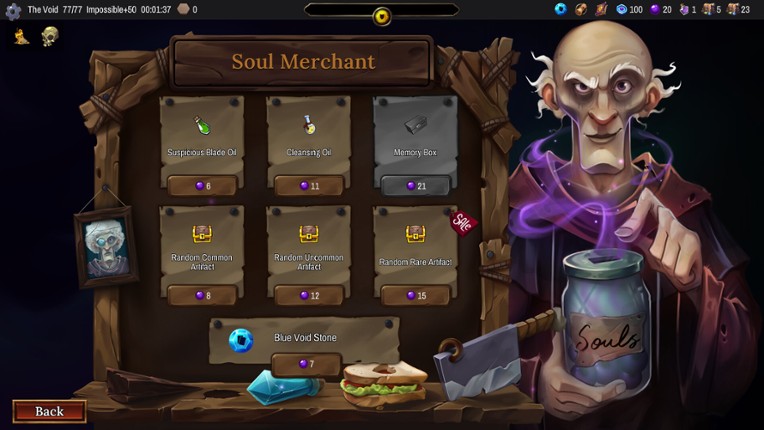
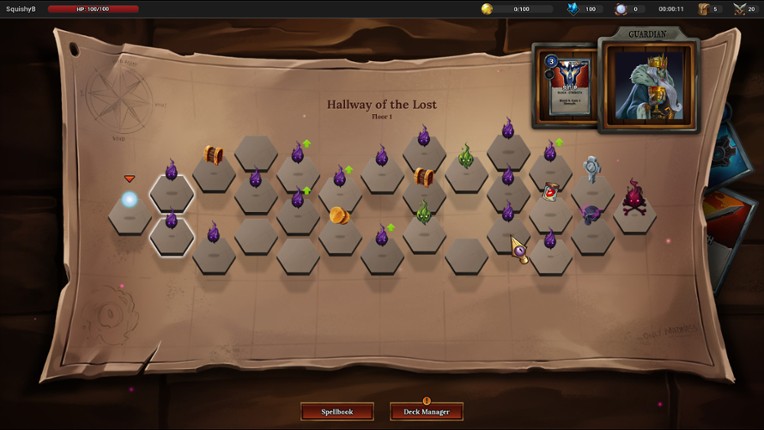
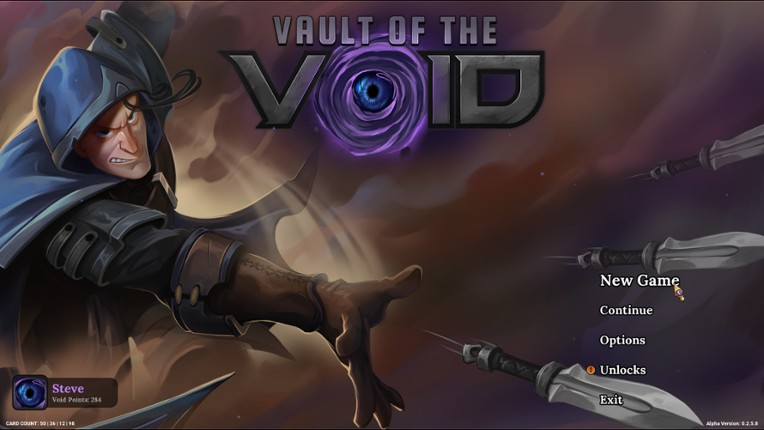
- Innovative sideboard mechanic allows for dynamic strategy adjustments during play.
- Diverse character classes and customization options ensure each playthrough feels distinct.
- Rich content and replayability, with frequent updates and community engagement from the developer.
- Steep learning curve can be daunting for new players, with complex mechanics and numerous keywords.
- Some players may find the game lacks a sense of progression or reward after completing runs.
- Certain classes and mechanics may feel unbalanced, leading to frustration in higher difficulties.
- gameplay740 mentions Positive Neutral Negative
The gameplay of *Vault of the Void* is characterized by its innovative mechanics, such as the unique sideboard system and the "purge" mechanic that allows players to discard cards for energy, enhancing strategic depth. While the game offers a rich variety of characters and complex interactions, it presents a steep learning curve that may overwhelm newcomers. Overall, it combines familiar deck-building elements with fresh twists, making it a standout title in the roguelike genre for those willing to invest the time to master its intricacies.
“Vault of the Void is a deck-building roguelite that innovates with its unique sideboard mechanic, allowing for dynamic strategy adjustments during play.”
“The gameplay is interesting, with a ton of optional modifiers to keep things fresh. The dev team is approachable; once I suggested a 'random modifiers' button on the subreddit, and the dev replied 'cool idea!'—the next day it was live.”
“The gameplay itself is rich and complex, offering a multitude of mechanics that provide depth and replayability.”
“The gameplay itself I just found kind of boring.”
“As it stands, new players might find themselves overwhelmed by the numerous mechanics and interactions.”
“I found the mechanics clunky and counter-intuitive to the seemingly more streamlined aspects of other games.”
